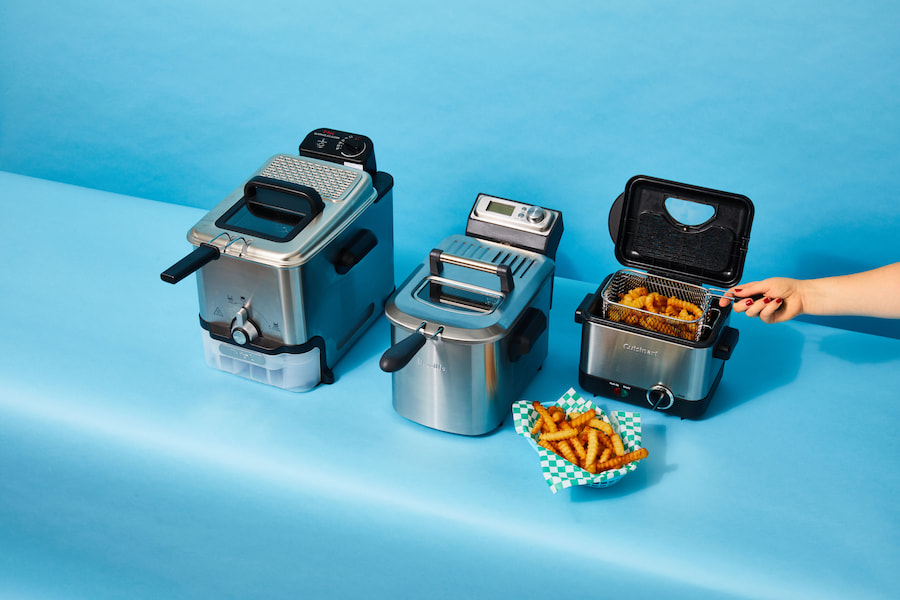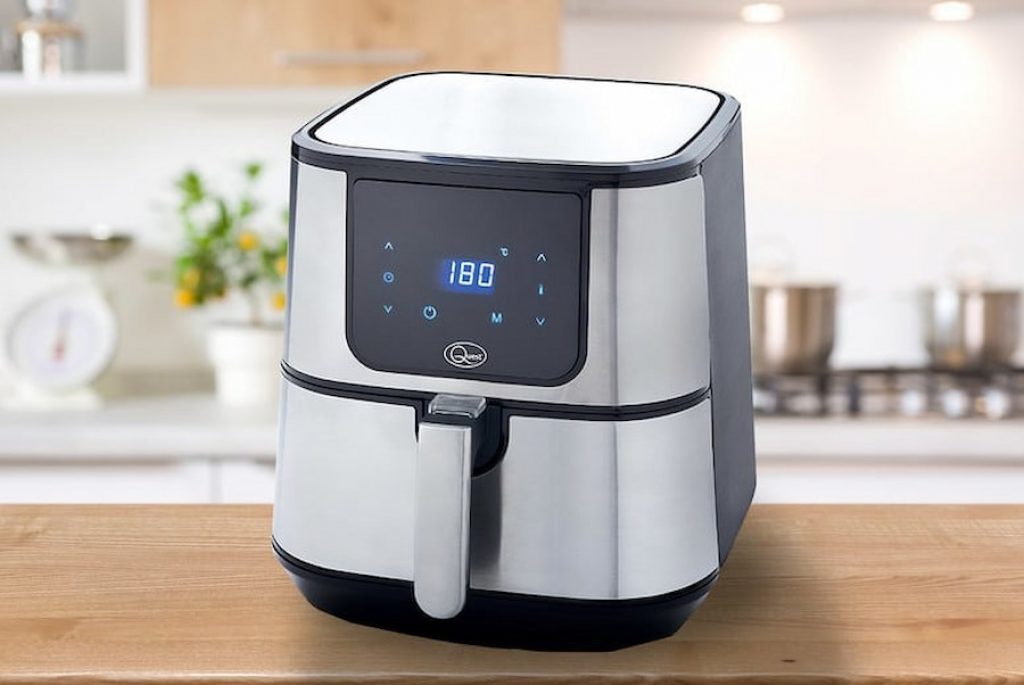
Maintaining and appropriately caring for your fryer machinery is fundamental to its longevity and optimal performance. Just as regular oil changes are crucial for a car’s engine, changing fryer oil is imperative for consistent, high-quality food output.
The frequency of oil changes, typically recommended once or twice a week or biweekly, depends on the volume of food cooked. Neglecting fryer oil maintenance can result in compromised food quality and increased service calls – approximately 1 in 5 service issues could have been avoided with proper oil maintenance.
Ensuring proper maintenance is not limited to traditional fryers but extends to modern appliances like commercial pressure fryer as well. Regular cleaning, oil changes, and component inspections for these air fryers are equally vital for optimal performance and longevity.
Maintenance routines tailored to the manufacturer’s recommendations are essential to avoid issues and uphold the quality and safety of the kitchen environment. Commercial Pressure Fryer, although innovative and efficient, still demand diligent care and attention to function at their best and ensure consistently delicious results. Here are some tips for Maintaining or Properly Oil Your Fryer Machinery.
Daily Maintenance:
Every day, it’s essential to perform routine maintenance for your fryer’s oil. This involves filtering the oil to remove any food particles that might have settled, maintaining the oil pot’s cleanliness, and using standby mode during quieter hours to keep the oil at a lower temperature.
By filtering out crumbs and regularly cleaning the oil pots and machine interior with a damp cloth or a potent grease remover, you can significantly extend the lifespan of your oil. These simple daily practices not only preserve the quality of the oil but also contribute to the longevity of your fryer, saving both time and resources in the long run.
Clean After Changing The Oil:
After replacing the frying oil, it’s crucial to remember that the heating elements within the oil vat require attention, too. These elements heat the oil and are in direct contact with it during cooking. In addition to your regular daily cleaning routine, it’s essential to specifically address these heating components whenever you change the oil.
Brushing away any food particles ensures even heat distribution, enabling the food to cook uniformly and maintain its desired texture and taste. Paying attention to these heating elements not only guarantees consistent cooking performance but also prevents potential issues caused by uneven heat distribution, ultimately contributing to the longevity of your fryer.
Deep Cleaning:
Giving your fryer a thorough deep clean every three to six months is crucial beyond daily maintenance. Start by draining the oil from the fryer and filling the vat with warm water and a suitable cleaning solution. Be cautious not to let the water reach boiling point; a simmering temperature suffices.
Use a soft brush to scrub the interior, ensuring all residue is removed. Once done, allow the fryer to dry completely. Although various methods exist, the boil-out technique is often prefer for its comprehensive approach.

This method involves draining the grease, cleaning the drain line with a specialised rod, rinsing with hot water, and then filling the fryer with cool water and a deep-fat fryer cleaner. This thorough process helps eliminate stubborn buildup, ensuring your fryer remains in optimal condition, prolonging its lifespan, and maintaining the quality of the food it prepares.
Proper Cleaning of the Oil Well:
Once the oil has been drained and filtered from your commercial fryer, it’s crucial to clean the oil well thoroughly. Begin by pouring a small amount of hot oil back into the tank, effectively dislodging any sediment present on the drain and heating tubes.
Following this, use a dedicated fryer brush to scrub the surfaces of the oil well gently. Avoid using metallic scouring pads as they can harm the sensitive components and metal surfaces. For any remaining sediment in the corners, delicately wipe them off with a soft, damp cloth.
This meticulous cleaning routine ensures the removal of residue, preserves the integrity of your fryer’s components, and maintains its efficiency in producing quality food.
Inspecting Parts:
Regularly examine the various components of your fryer, including the heating elements, thermostat, and cords, for any indications of wear or damage. Swiftly replace any impaired parts to prevent potential hazards while operating the fryer.
Consistent inspection ensures the equipment functions optimally, reducing the risk of malfunctions that could compromise safety or the quality of food prepared. By maintaining a proactive approach to part inspection, you not only ensure a safe kitchen environment but also enhance the durability and efficiency of your fryer, promoting uninterrupted cooking processes and maintaining food quality standards.
Maintaining and properly oiling your fryer machinery is essential for its efficiency, longevity, and the quality of food it produces. By following these steps and adhering to a maintenance schedule, you’ll not only enhance the lifespan of your equipment but also ensure a safe and flavorful cooking experience.
Also, read this: Which Waste Removal Methods Are Most Sustainable?






